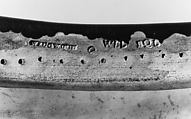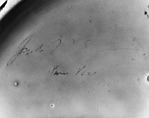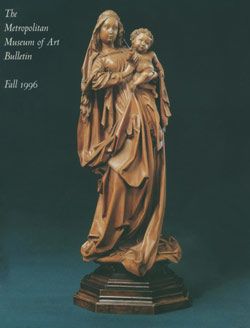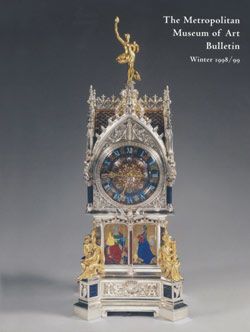Vase (one of a pair)
Possibly designed by Albert-Ernest Carrier-Belleuse French
Manufacturer Josiah Wedgwood and Sons British
Minton’s majolica electrified visitors to the 1851 Great Exhibition, where the firm displayed its colorful lead-glazed earthenware for the first time. Developed by the ceramic technician Léon Arnoux, Minton’s majolica paid homage to the colorful Renaissance ceramics known as “maiolica.” The factory’s intensely saturated glazes covered everything from plates and teapots to garden sculptures and massive architectural fountains.
Other British industrial factories incorporated majolica into their products. Wedgwood’s swan vases were the most imposing works made by the factory in the nineteenth century. They were also available with a putto on the cover in place of the swan; one of these variants was among Wedgwood’s display at the Paris Exposition Universelle of 1878 The designer of this pair of vases may have been the French sculptor Albert-Ernest Carrier-Belleuse.
This image cannot be enlarged, viewed at full screen, or downloaded.
This artwork is meant to be viewed from right to left. Scroll left to view more.







